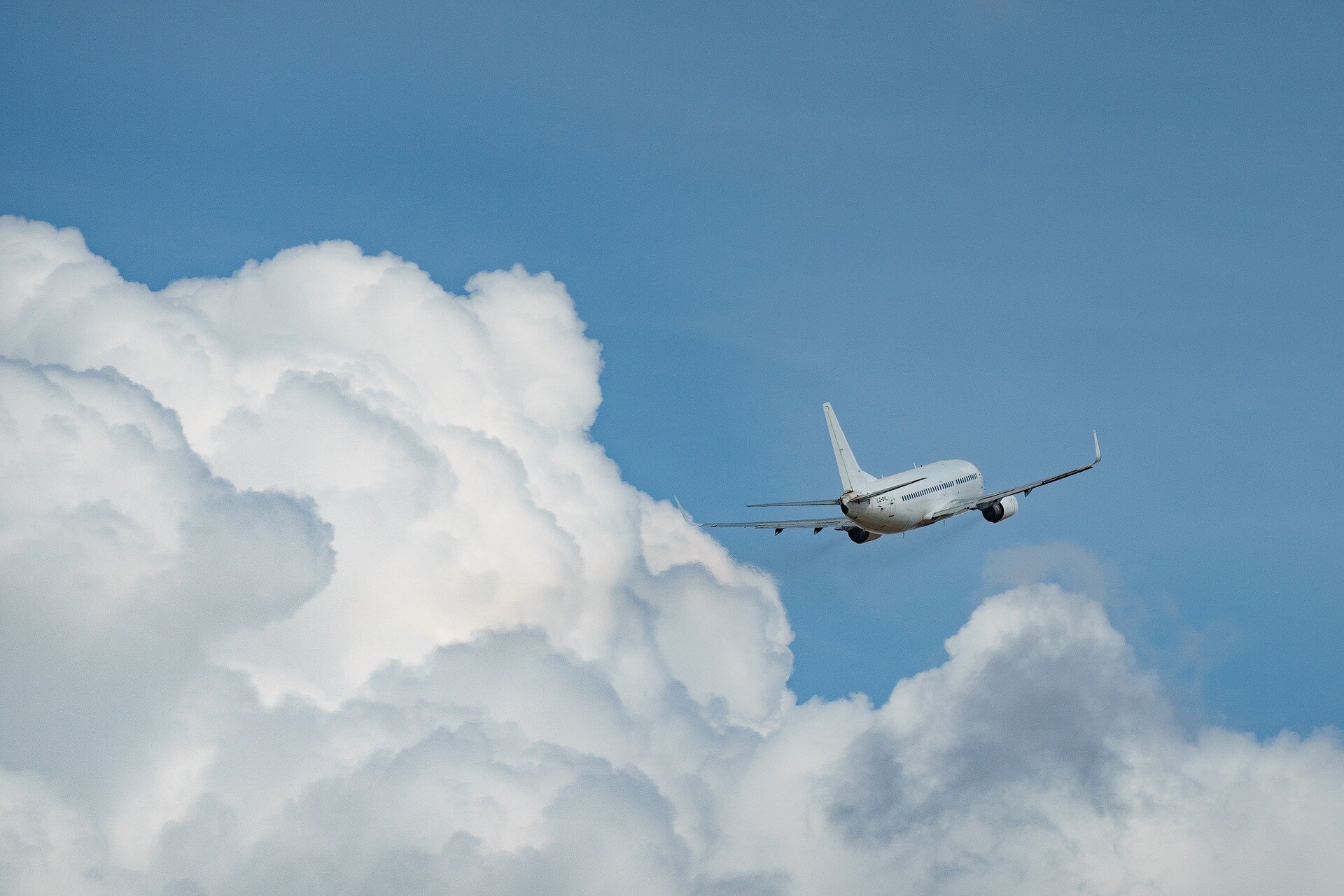
The airline industry is not for the faint of heart. Margins can be slim and external shocks like the COVID-19 pandemic or gas price fluctuations can be disruptive. And mishaps always balloon in the public imagination, fairly or not.
The aviation sector is also among the most tightly regulated industries, with strict standards in place governing training, maintenance and equipment. Airlines are expected to prioritize passenger safety. Bad things can happen when they don’t.
In a new study of corporate governance and airline safety published in the journal Aircraft Engineering and Aerospace Technology, the authors write that there is a clear relationship between an airline’s financial health and management and the propensity for its aircraft to be involved in an accident. The majority of accidents are attributed to pilot error; however, the researchers say, the blame very often lies in the airline’s board room.
“We found that companies that are cash poor, less profitable and poorly managed do shirk on safety investments and ultimately have a higher rate of accidents,” says Thomas Walker, a professor of finance at the John Molson School of Business and one of the paper’s authors.
“Governments are very strict about maintenance, but companies do have a choice if they want to fly an airplane fleet longer, the effort they put into pilot training and the quality of the pilots they hire. There are a lot of variables, and things can go wrong in the end.”
Safety begins at the board level
The researchers note that researching airline safety records can be challenging. First, there are (fortunately) relatively few accidents to study. Second, data on airline governance and financial health, especially in an international context, requires tedious collection.
For this study, the researchers looked at an international sample of accidents that occurred between 1950 and 2019. They found that 53% of all accidents were attributed to pilot error alone, while mechanical failure accounted for a further 20%. Approximately 10% were blamed on meteorological conditions.
These figures do not tell the whole story, according to the researchers. They argue that pilot error can be attributed to a broad range of influences, including insufficient supervision, inappropriate planning, inadequate training, willful violation of rules and even corruption.
Airplane manufacturer errors and lack of experienced ground crews can account for mechanical failures. Finally, adverse weather can be a problem, but good training, experience and state-of the-art equipment can reduce accident risk in bad weather conditions, suggesting an interlinkage among the underlying factors behind an accident.
In total, an estimated 75% of all accidents can be linked, either directly or indirectly, to organizational factors within a company’s control.
Additionally, the researchers found that the CEO and the composition of the board affect an airline’s financial health and, by extension, its propensity for accidents.
More information:
Hamed Khadivar et al, Reducing airline accident risk and saving lives: financial health, corporate governance, and aviation safety, Aircraft Engineering and Aerospace Technology (2024). DOI: 10.1108/AEAT-01-2024-0010
Citation:
Air accidents are more common among unprofitable and poorly managed airlines, new research shows (2024, June 26)
retrieved 26 June 2024
from
This document is subject to copyright. Apart from any fair dealing for the purpose of private study or research, no
part may be reproduced without the written permission. The content is provided for information purposes only.

